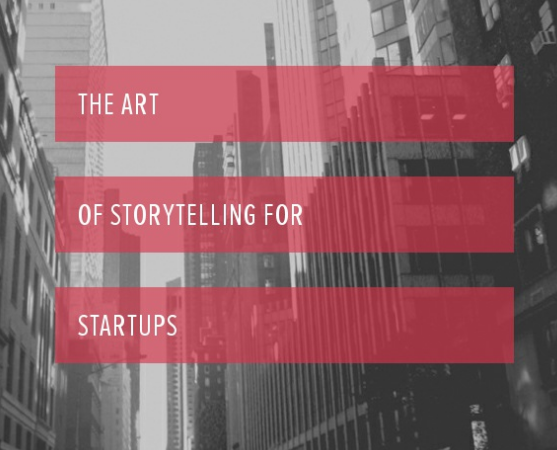The first few years of this decade have proven to be a bullish time for those who are able to combine technical expertise with business acumen and successfully build a start-up from the ground up (ideally in Silicon Valley). However, this gold rush has not been isolated to the first few companies who had access to the Valley’s network of investors.
Rather, the market has become incredibly attractive to a wide variety of entrepreneurs, all desperately working to bring their business to the next level. In such a competitive environment of PR for start-ups, a compelling story can be the difference between a start-up surviving into the future or crumbling before it gains its first customer.
Just like millions of people read novels more quickly and eagerly than they would a technical manual, so also are investors (or companies looking to purchase a smaller organization) more likely to be convinced by an effective story.
Find a Personal Angle
Keep People Talking
Though the story of a start-up might begin with just a single customer or investor, a compelling story should also have a universal appeal. After all, if a start-up has a persuasive enough story to tell, their first customer will also tell their family members, or an angel investor will rave about the new company to colleagues who might also be interested in they new business as well. Thus, start-ups should tell a story that can transition from helping the individual to appealing to the world at large.
Think of your Essential Message
Sometimes in a mix of enthusiasm for their new product and eagerness to obtain new sources of funding, start-ups end up confusing customers about what their main message is. Many investors want to see a product that is centered around one driving idea, not one that tries to be everything to everyone. Sometimes, it’s best to be simple in terms of the core message. For instance, a financial management app might center itself around the idea of “making it easier to track your bank account”; a transportation service might want its customers to associate it with “get a ride, any time, anywhere.” Having a single core message will make sure that messaging does not become confused over the course of a start-up’s life cycle.
Have a Next Step
Entrepreneurs, being strong advocates of their own creations, might believe that their “big” idea is categorically their best. And yet, just as a business grows over time, so should its messaging gradually evolve. This doesn’t mean that the core message, as mentioned above, is lost, so much as that a business should always be looking at how it can evolve while remaining true to its principles. This can be thought of as the conclusion to the story (or, more appropriately, a cliffhanger) that can keep investors and customers excited to see next steps.
The real goal of storytelling is not to obfuscate the technical details of a particular product or service, or to somehow play with the emotions of investors over the course of doing PR for start-ups. Rather, storytelling is an acknowledgement that the start-up industry boils down to humans communicating with their fellow humans, trying to provide a service that others will find helpful. Stories, which are practically in our DNA, are an ideal way to communicate this important message.
Beauty Marketing is Not One Size Fits All – PR Strategies for Different Generations
The beauty industry is like a chameleon, always adapting to the shifting desires of its audience....
What is Cultural Marketing? Definition & Strategy
In today's diverse and interconnected world, multicultural marketing has become not just a trend...
The Importance of Networking in Public Relations
Networking is the lifeblood of public relations. It's the secret sauce that can turn good PR...



